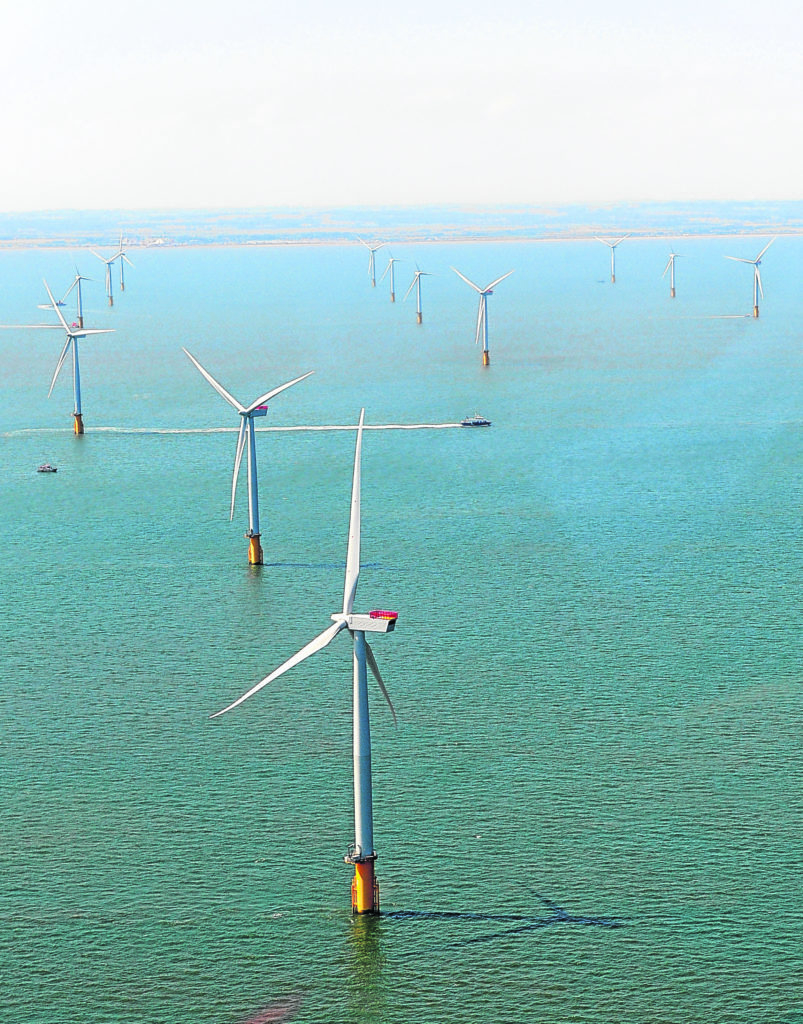
What will the energy industry look like in six or seven years’ time when I join it?
In an ideal world, of course, we would have abandoned fossil fuels and be relying only on renewables.
It’s not an ideal world, however, and we know that even the most optimistic projections see fossil fuels making up half of the energy mix a couple of decades from now.
So, what should we be doing in the transitional period that we are now entering?
The choices, unfortunately, are complex.
On the one hand, we need to reduce our energy consumption in order meet climate change targets in-keeping with the Paris Accord.
On the other, the growing population, especially in emerging economies, means that there will be increasing demand for energy for years to come.
How do we properly set up a transition period to meet these apparently competing objectives?
What options do we have?
Before looking at different energy sources, we should think about how we reduce consumption.
We could ensure that all buildings are as energy efficient as they can be.
Investing in insulation for houses and workplaces would reduce demands – and costs. But that will only take us so far. We need to think about where our energy comes from.
In the UK, we seem in recent years to be moving mostly in the right direction in that we now produce almost half of our electricity from renewables and nuclear – that is, with zero emissions of CO2.
Also, we are phasing out our consumption of coal and increasing our consumption of gas. Although gas is not a clean fuel, it produces just over half as much CO2 as coal when burned.
Even though nuclear is cheap in operation, construction and decommissioning costs are very high and public trust is sometimes a problem.
Hopefully in future we will have nuclear reactors that produce less high-level waste. Fusion would be best of all, but we seem at the moment to be decades away from any reactor that would contribute electricity to the grid.
Meanwhile, renewables face their own problems.
Not everyone is happy with the visual impact of windfarms and they don’t produce electricity when the wind speed is too low or too high.
We need new technologies that allow windfarms in deeper water – out of sight and in areas where wind conditions are more often ideal.
Those technologies will need to solve construction and transmission problems. And for the intermittency problem, we need a viable storage solution or a better way to transfer energy across longer distances to places where the wind is not blowing – or where the sun is not shining, if we are talking about solar power.
We don’t use much oil to generate electricity, but of course we do use it as the main transport fuel.
It may take longer to find alternatives for aviation and shipping, but electric cars could make a huge difference to a cleaner environment – provided the electricity is from a zero- or low-emission source.
But if we were suddenly to make a huge change from petrol and diesel to electric cars, there would be such a huge spike in demand for electricity that the current infrastructure may not be able to cope.
Do we therefore need to think about more hybrid vehicles in the transition phase?
Given that gas is less polluting than other fossil fuel alternatives, it does look as if it is going to be a key element in the transition to zero emissions.
We have the technology and infrastructure to access and use it effectively.
It is very abundant and, especially with LNG technology, we can transport it much more easily than used to be the case.
But we must see gas as a short-term solution, a bridge to a zero-emission future. We must not see advances in the use of gas as a quick fix – this must go hand in hand with continuing advances in new zero-carbon technologies.
Of course, these problems are not local, but global. What works for us in a developed economy may not work for other parts of the world. But the fact that emerging economies could jump straight to renewable technologies without having to go through such a complex transition phase might actually be an advantage.
So, in short, when I join the industry I can’t realistically hope for us to be in a zero-emission position, but at least in a realistic transition – not least recognising that effective solutions will be global rather than local.
Serena Paterson is a fifth-year student at St Margaret’s School for Girls in Aberdeen
Recommended for you
